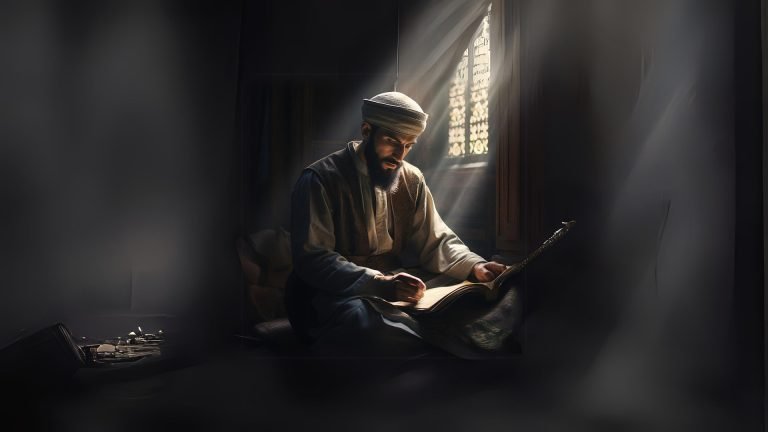From Furnace to Forearms: The Journey of Pakistan’s Eid Bangles

In Pakistan, the tradition of adorning women’s arms with elegantly crafted bangles is an essential aspect of Eid-al-Fitr celebrations, reflecting a deep-rooted cultural significance. These bangles, known for their intricate designs, are more than just an accessory; they are a symbol of festivity and identity, especially during the Islamic celebration of Eid-al-Fitr.
The creation of a single bangle involves the collaborative efforts of over a dozen individuals, ranging from the sweltering confines of factories to the creative spaces of home-based designers. These artisans meticulously hand-decorate each piece, incorporating techniques such as beadwork, stitching, and embroidery.
Talat Zahid, a 42-year-old artisan who specializes in bangle embellishment, captures the essence of this tradition: “Bangles or bracelets can complete any outfit, regardless of other jewelry. They’re a timeless fashion statement, essential for any celebration.”
As Eid-al-Fitr approaches, marking the culmination of Ramadan, markets come alive with vibrant stalls displaying a diverse array of bangles. Women meticulously examine each piece, seeking the perfect blend of beauty and craftsmanship, while negotiating prices that can range from the modest to the lavish based on the materials used.
The city of Hyderabad is renowned for its “churi” glass bangles, crafted in furnaces that can produce up to 100 bangles per hour. Despite the challenging conditions faced by workers, such as high temperatures and precarious working environments, the dedication to this craft persists.
Sameer, a 24-year-old who has inherited this trade, shares insights into the demanding nature of their work, exacerbated by inadequate wages and rising operational costs due to governmental policies.
Post-partition, the bangle-making tradition found a new home in Hyderabad, with the industry becoming a vital source of livelihood for many. However, the sector faces challenges such as increasing gas prices and taxes, leading to reduced operations and factory closures, as noted by Muhammad Nafees, a factory owner.
The journey of a bangle from a plain glass loop to a decorated masterpiece involves several stages, often within the context of a family enterprise. Saima Bibi, along with her children, adds a personal touch to each bangle from her home, highlighting the communal effort behind these cherished Eid adornments.
Through these intricate processes, Pakistan’s Eid bangles transcend their material form, becoming a cherished emblem of cultural heritage and celebration.





